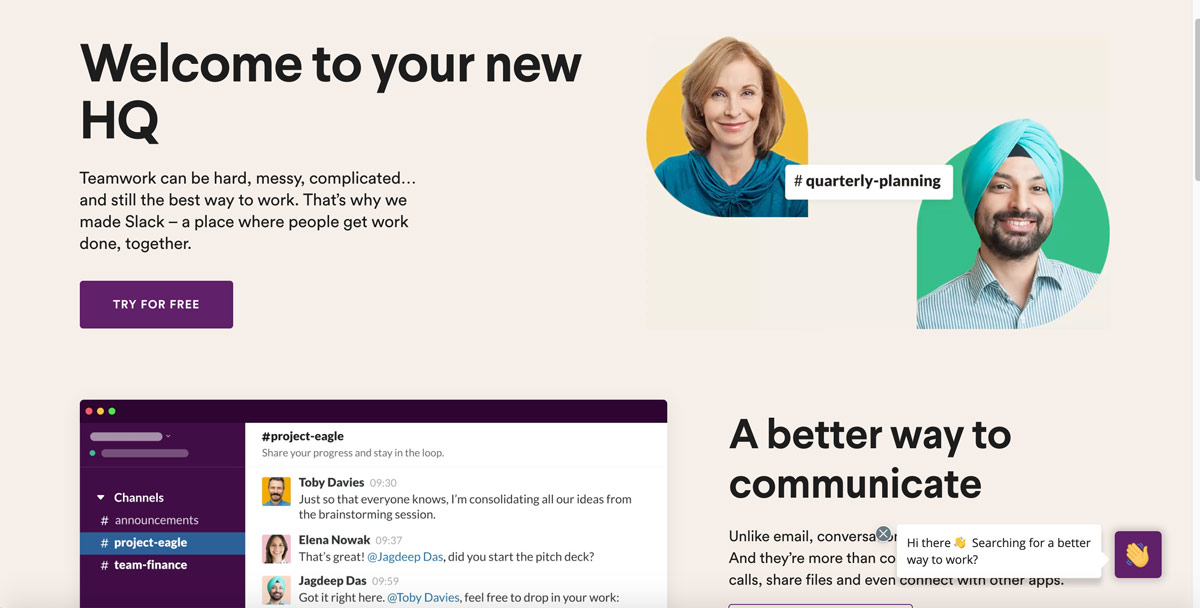

Being able to sum up the value you can offer in a succinct and compelling way is one of the most important skills of your professional life. It could be the deciding factor in getting your dream job, winning that next contract or making a connection that means success down the road.
When you think about doing this, what you’re essentially doing is working on a version of your elevator pitch.
This article will show you what an elevator pitch is, when you should use one, how to write and structure your elevator pitch, and mistakes to avoid.
What is an elevator pitch?
An elevator pitch is a short statement in writing or speech. It encapsulates the value of what you’ve got to offer, whether it be your skills, a product, service or an idea. It should capture your audience’s attention and interest so that they want to find out more.
The name comes from the idea that you might take the opportunity to present yourself, your business or your plan to someone you find yourself in an elevator with. And you only have the length of the ride to make that winning impression.
You may have come across other names for the same concept, such as ‘pitch’, ‘value proposition’ or ‘back of the taxi test’.
How long should an elevator pitch be?
Think in terms of creating a highly condensed summary. To begin with, I’d recommend making your oral pitch about 30 seconds long. For one in writing, go for between 30 and 50 words.
This may mean taking some time to pare your initial drafts down. That’s OK – you can gradually make them more succinct and focused.
Your audience will want to know more if your pitch does its job. So prepare an expanded version too, should the situation demand it.
When to use your elevator pitch
You can use an elevator pitch in many situations (and not just in an elevator). Here are a few examples:
- during sales phone calls and emails
- at conferences, events and networking situations
- in marketing, especially on landing pages for websites
- when trying to secure investment in an idea, product or service (think Dragons’ Den or Shark Tank)
- at high-level meetings, such as at board or executive-committee level
- for job-hunting, job interviews and career profiles, including your CV, covering letter and LinkedIn profile.
How to write your elevator pitch
The downfall of many elevator pitches is that they’re written (or spoken) without properly considering the audience. As humans, we tend to talk and write from our own point of view. But this isn’t the best way to capture another person’s heart and mind.
Here is a simple three-step process to get your elevator pitch on the right track.
Step 1: Identify your target
The first step is to think about the context in which you’ll be using the pitch and what your audience might be interested in. What do they care about? What’s most important to them? You might not be able to answer these questions with 100% certainty. But an educated guess will still help you enormously.
Step 2: Express the value or interest
Now that you’ve thought about who might be receiving your pitch, think about how your skills, ideas, product or service could benefit them. Talk or write less about what you do and more about how you help. (In other words, your pitch should not be just another version of your business card.)
So, rather than ‘We specialise in big data and artificial intelligence’, go in the direction of ‘We help organisations unlock the power of their data to boost productivity.’ You can also apply this concept to your marketing documents or your own LinkedIn page.
Step 3: Add some specifics
Your pitch can get even stronger if you can add something specific that resonates with your audience. For example, in the example above, you could make it more specific if you were targeting a particular sector: ‘We help top-tier investment banks unlock …’. And if you’ve got data to back up the benefits, add that too.
Social proof is a powerful tool. So if you have solved this problem for someone in the same industry as your audience – or even just a big name – be sure to mention this. It can really help your credibility.
Weaving your elevator pitch naturally into conversation
Elevator pitches are ideal for in-person situations where you want to make connections. But many of us find it difficult to make an elevator pitch in speech. It can feel too ‘salesy’. In our discomfort, we may be tempted to deliver the full spiel in one go, robot-style. The trick is to make it sound more like a natural conversation.
Picture the scene. You’re at a conference or networking event. You’re listening to someone talk about their job and (despite your best efforts) you can feel your eyes glaze over as you slowly (or quickly) lose the will to live.
Why is this such a common experience? It’s generally because people will talk about themselves without connecting what they’re saying to the person they’re talking to. So the message fails to make an impression.
The examples below show the difference between this me-centric approach and a better one:
Typical conversation (not a great pitch)
New contact: ‘And what do you do for a living, Gary?’
Me: ‘I’m a business-writing trainer. I help people and organisations to improve the writing they produce.’
New contact: ‘Oh, sounds interesting. Anyway, do excuse me: I’ve got to catch up with an old colleague. Nice to meet you.’ [Makes swift exit]
Me: *Sigh*
Better example
New contact: ‘And what do you do for a living, Gary?’
Me: ‘Well, you know we all have to write emails and other documents at work?’
New contact: [nods vigorously]
Me: ‘And do you ever spend longer than you’d like reading or writing them?’
New contact: ‘Oh yes, it’s a nightmare! Takes up so much of my week.’
Me: ‘Well, you’re definitely not alone. I train people so that they can write things that have more impact – and so they can do it more quickly.’
New contact: ‘That’s really interesting. We could do with that kind of help where I work. Do you have a business card?’
Now, things might not always immediately work out so well as in the second conversation. But you increase the odds of making a great impression dramatically if you bring out an interest factor and the meaningful value you can provide for your audience.
The structure of an elevator pitch
You may have also noticed that the second version above tells a mini story. I started with a situation, something that the other person can identify with. I then identified a problem that resonated with them, and then gave a solution.
Telling a story doesn’t mean that you embark on a tortuous ‘Once upon a time…’. But it’s important to take your audience on a journey, even if it lasts for only 30 seconds.
This situation-problem-solution structure is at the heart of many great stories and one which you can borrow for your elevator pitch, whether you’re describing your own job or your company’s products or services. And the great thing is it works in both writing and speech.
Remember that part of presenting the solution is making it clear that you are the one that’s the best choice for delivering it. That’s where the specifics and social proof can come in: make clear the benefits that are possible for your audience, along with some targeted evidence (like who has benefitted before and exactly how).
Examples of elevator pitches in action
Let’s explore some examples of elevator pitches in the wild and a few of the different ways you can use them.
Making an elevator pitch to investors
Imagine you’re a contestant on Dragon’s Den or Shark Tank. You’re proposing an idea, service or product to try and secure investment. Here you could use an extended version of the situation-problem-solution model.
Situation
Skiing is increasing in popularity across the globe, bringing health benefits to those who practise it and economic benefits to many local economies. Latest figures suggest that there are 135 million skiers in the world, a figure which is growing by three per cent each year.
Problem
Sadly, the number of skiing accidents is also increasing, with serious head injuries up by 5% last year alone. Yet approximately 80% of those injuries could have been prevented had the skiers worn more robust headgear.
Solution
Here at Ski Futures we have developed a new type of headgear that we estimate will reduce serious head injuries by up to 90%. The new helmet includes state-of-the-art technology software that detects moving or stationary obstacles. It also gives you audio instructions if your speed is too fast for the terrain you’re on. Finally, it’s made from a new tough yet lightweight material, tested to withstand impact speeds of up to 150 km/h.
(From this point on, you’d probably add some details about your experience and how much money you want.)
When you’re pitching an investment idea like this, you might even add a strapline or soundbite at the start to really capture your audience’s imagination, before you begin with the situation. In the case above, it could be:
Introducing SafeSki – the revolutionary product that prevents injury on the piste
Elevator pitches in sales emails (a cautionary tale)
A well-written pitch is the perfect addition to a sales email, including in an introductory – or ‘cold’ – email. Unfortunately, this is one of the key places where a misplaced me-focus too often undermines the pitch-writer’s efforts.
Here’s an example based on one I received from a company wanting to sell me software that can measure the long-term impact of training. Now, that’s potentially very interesting, but sadly the author missed the opportunity to deliver a good sales pitch.
Subject line: Meeting invitation
Hi,
I wanted to get in contact with you to introduce our company, ABC.
We have developed a web-based learning platform used to increase results from all types of educational activities. We help organisations, such as X and Y, improve the impact of their training programs, through behavioural application. Our platform incorporates the methodologies of Dr X and Professor Y, both world-renowned experts in the field of training evaluation.
Using our platform enables training programs to achieve the highest transfer of learning from the classroom back into the workplace.
If you’re interested to know more on how ABC can benefit your organisation, I suggest we set up a time for a video Skype call.
I look forward to hearing from you.
John Doe
Business Developer
There are plenty of things wrong here, not least the uninspiring subject line and lack of a name after ‘Hi’. Both of these tend to result in immediate deletion.
Most striking, though, is that the email – especially his ‘pitch – is all about him, his company and his product. It’s not focused on the recipient and how his product can help them.
Here’s a better alternative that opens with a reader-focused pitch:
Subject line: Proving the long-term value of your training courses
Hi Gary
As an experienced training provider, you’ll know how difficult it can be to measure the long-term impact of training. You’ll also know it’s a key factor in securing new clients.
But what if there was a way to convince clients more easily? That’s what our new platform, ABC, can help you with. [Insert the system’s key features/benefits here, including specifics, data and social proof that reinforces any claims.]
So if you’d like to keep your current clients happy and gain new ones more easily, ABC could be the answer.
Interested in a 15-minute video call to look at some of the system’s features? You can book a call in my calendar [here].
Best wishes
John Doe
Business developer
Notice here that I’ve combined the situation and problem together in the opening sentence, making it a bit catchier:
‘You’re an experienced trainer’ → the situation, and starts with the reader – plus flattery!
‘Securing new clients can be difficult’ → the problem
The solution here is the product. And having been given a reason to care at the very start, the email’s reader is more likely to take an interest in the details about the platform.
Using an elevator pitch on your website’s homepage
Once you get familiar with the situation-problem-solution structure, you can sometimes combine the elements within one sentence, or even play with the order. This website’s landing page provides a good example:

As you’ve probably gathered, Slack is an app that helps teams work together. Notice the strapline, designed to capture your imagination: ‘Welcome to your new HQ’.
Then we’ve got the situation and problem reversed: ‘Teamwork is still the best way to work’ [situation], ‘but it can be hard, messy and complicated’ [problem]. They end with the solution: ‘That’s why we made Slack – a place where people get work done, together.’
Notice the examples of Slack in action underneath the value proposition – again showing the power of being specific to help your audience form an easy mental picture.
Elevator pitches: a summary of key ideas
Let’s recap what we’ve covered:
- Tie what you’re offering to the concerns or interests of your target audience. Think about how you help rather than simply what you do.
- Use the situation-problem-solution framework to tell a mini (or extended) story.
- Add some specifics and social proof to make your pitch more vivid and persuasive.
- Where appropriate, begin with a strapline to capture your audience’s attention – this is especially useful in pitching for investment and landing pages.
- Be prepared to give more facts or details should your pitch generate interest.
Final thoughts
Do consider the country and culture you’re pitching in. The way of doing business varies a lot across the globe – launching directly into conversation with a stranger won’t work everywhere, for example. So remember to consider this in your audience analysis.
And, crucially, remember to follow up with any potential leads. Ask for people’s contact details – or find them on LinkedIn – and send them a polite and friendly message later, reminding them of the value you can provide. However mesmerising your initial pitch, it’s up to you to keep the momentum going.
If your team is focused on prospecting and growing your business and they need to sharpen their writing skills, take a look at our Writing for business development course and get in touch if you’d like us to run a tailored course with you.
Image credit: IPGGutenbergUKLtd / iStock




